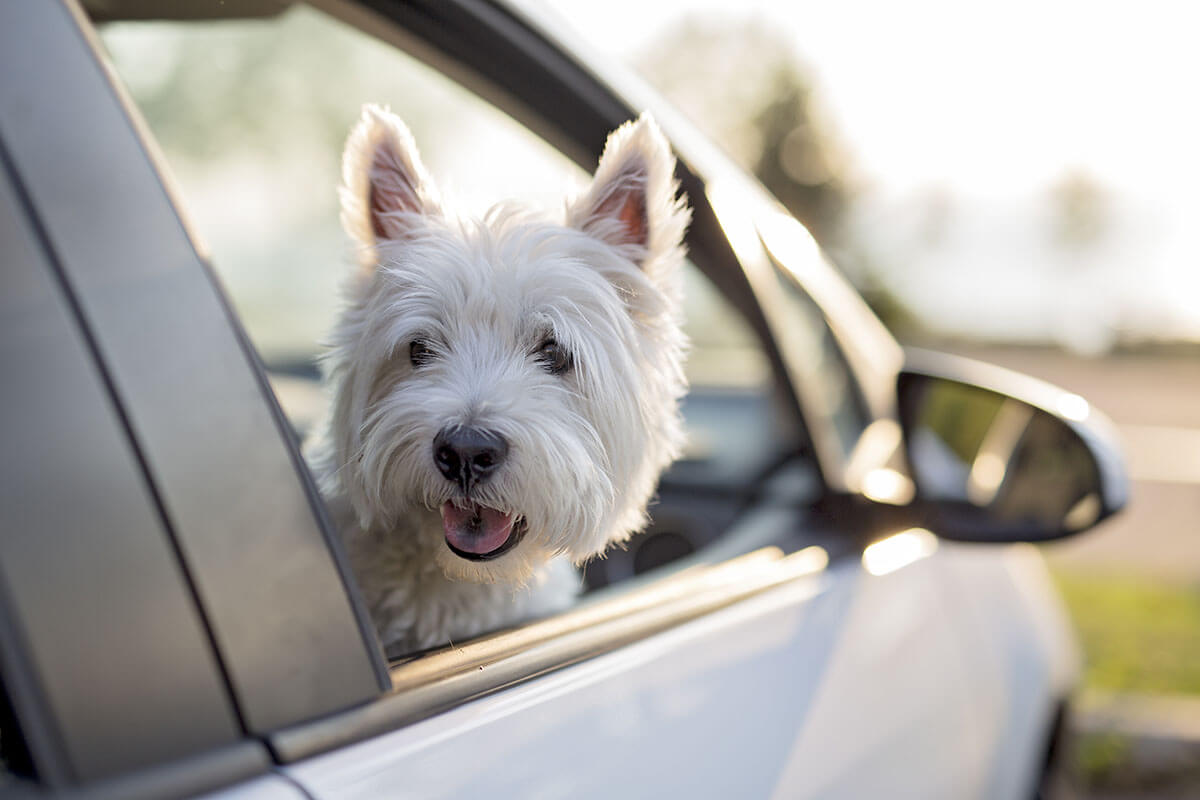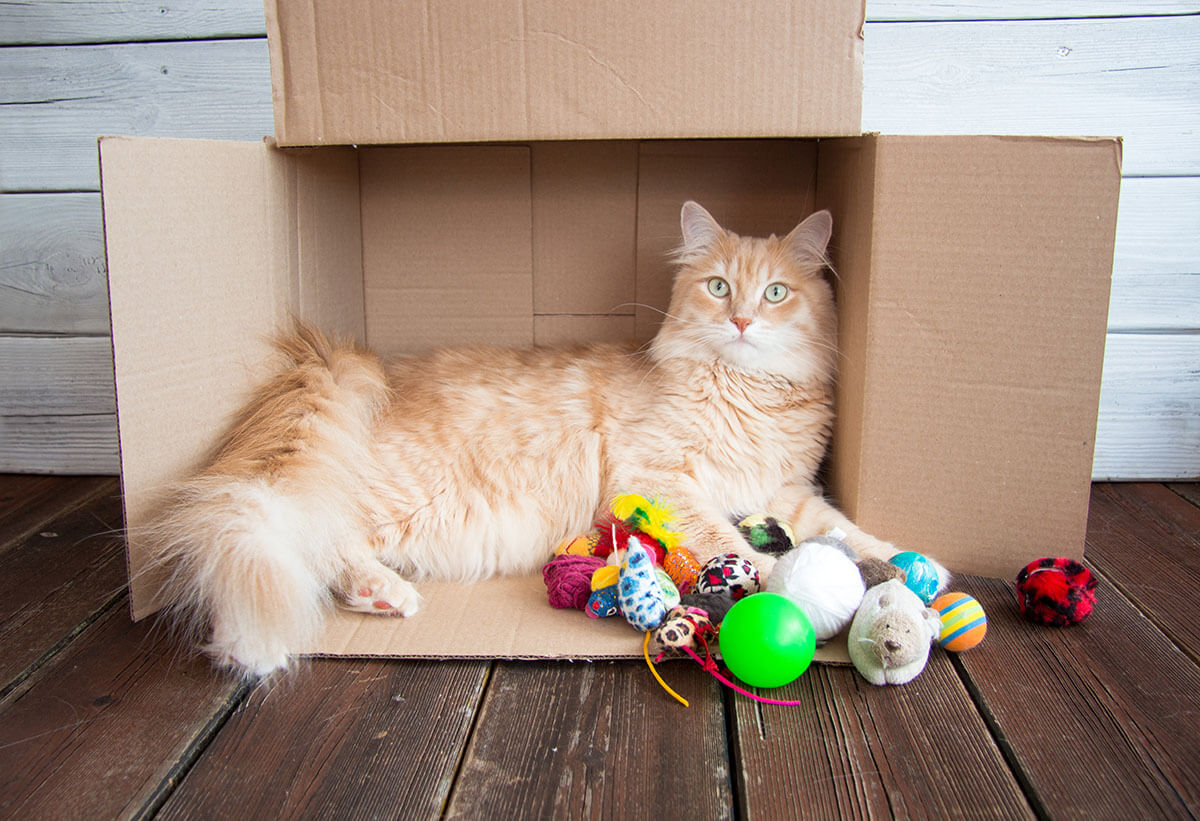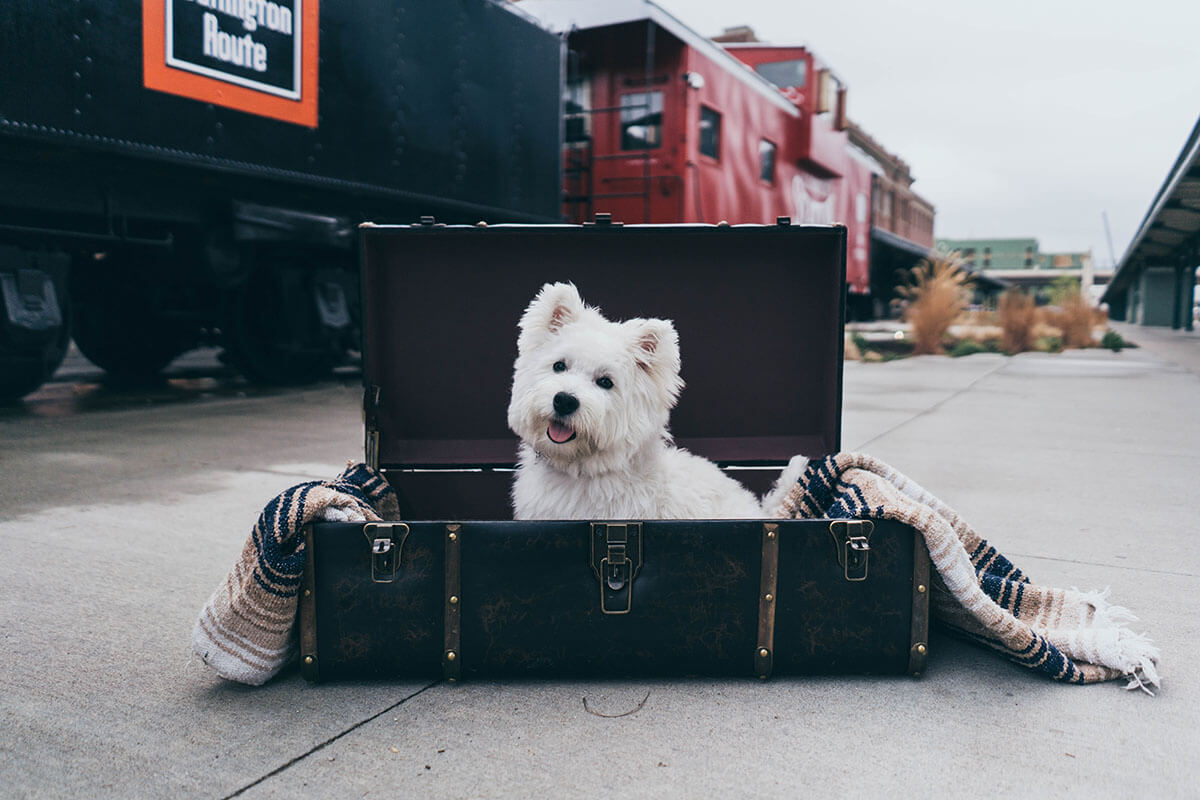Tip #3 Keep Your Dogs and Cats Calm During the Relocation Process
Relocation tips are always welcome, especially when relocating with your furry friends. And if you’ve never asked yourself before do pets know when you are moving, know that they surely do. That’s why all the preparations should be done before the relocation day. Not only will you calm yourself down, but also you will also ease your furry friend into the change.
Relocating is a challenging process, but once you set your priorities – the happiness of you and your pet – it will help you get through it. When relocating long distances, a good solution is to hire a sitter. That way, the animals will be far away from all the chaos on the relocation day, and you can focus on the tasks for this relocation.
However, if a sitter isn’t an option, make sure your four-legged friend gets enough exercise during the day. Morning and evening runs will help them deal with the anxiety much more easily. When it comes to older cats and dogs, you can distract them with new toys and treats.











